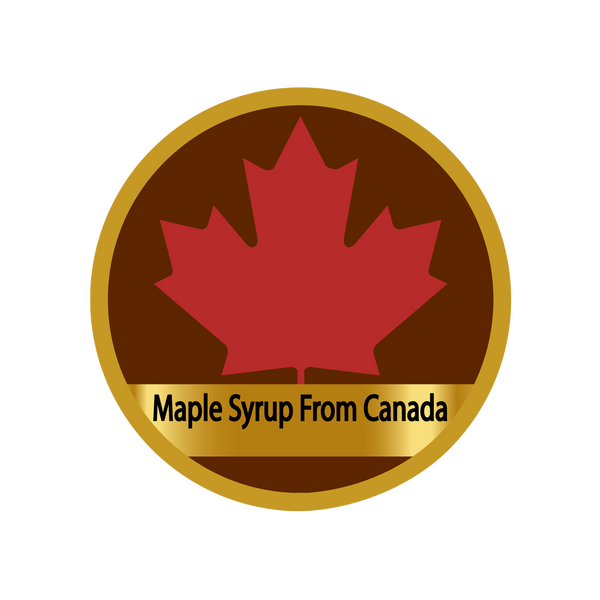Maple syrup is a popular sweetener that is enjoyed around the world. While Canada and the United States are the leading producers of maple syrup, there are opportunities for importers to tap into new markets. In this article, we will explore the potential opportunities and challenges associated with importing maple syrup into new markets.
Overview of Maple Syrup Import Industry
The maple syrup import industry is growing, with countries such as Japan, Germany, and the United Kingdom being major importers of maple syrup. However, there are still many markets that are largely untapped. The global maple syrup market is projected to grow at a CAGR of 4.4% from 2021 to 2028, indicating significant opportunities for importers.
Opportunities for Maple Syrup Imports
There are several factors that make certain markets attractive for maple syrup imports. For example, changing consumer preferences are driving demand for natural sweeteners, making maple syrup an attractive alternative to processed sugar. Additionally, trade agreements such as the Comprehensive and Progressive Agreement for Trans-Pacific Partnership (CPTPP) are opening up new markets for maple syrup imports.
Emerging economies such as China and India also present significant opportunities for maple syrup imports. As these countries experience economic growth, their middle class is expanding and demanding higher quality food products, including natural sweeteners like maple syrup.
Challenges in Maple Syrup Imports
While there are opportunities for maple syrup imports in new markets, there are also challenges that must be overcome. One of the biggest challenges is regulatory compliance. Each country has its own regulations regarding the import of food products, and importers must ensure that their products meet these regulations. This can be a costly and time-consuming process.
Quality control is another challenge in maple syrup imports. Maple syrup is a natural product, and its quality can vary depending on factors such as weather conditions and production methods. Importers must ensure that their products meet certain quality standards to ensure customer satisfaction.
Transportation costs can also be a challenge in maple syrup imports. Maple syrup is a heavy and bulky product, and transporting it long distances can be costly. Importers must consider the logistics of importing maple syrup, including shipping, storage, and distribution.
Strategies for Entering New Markets
To successfully enter new markets for maple syrup imports, importers must carefully consider their strategies. Market research is a critical first step in identifying new opportunities and understanding local preferences. Importers should also build relationships with local distributors to gain a better understanding of the market and build trust with local buyers.
Adapting to local tastes and preferences is also important. Maple syrup may be used differently in different countries, and importers should be prepared to offer different grades and types of maple syrup to suit local preferences. For example, in Japan, maple syrup is often used as a topping for pancakes and waffles, while in Germany it is used as a sweetener for coffee and tea.
Conclusion
The global market for maple syrup is growing, and there are significant opportunities for importers to tap into new markets. However, importing maple syrup into new markets comes with challenges such as regulatory compliance, quality control, and transportation costs. Importers must carefully consider their strategies for entering new markets, including conducting market research, building relationships with local distributors, and adapting to local tastes and preferences. By doing so, importers can successfully expand their business and tap into new opportunities in the global maple syrup market.

